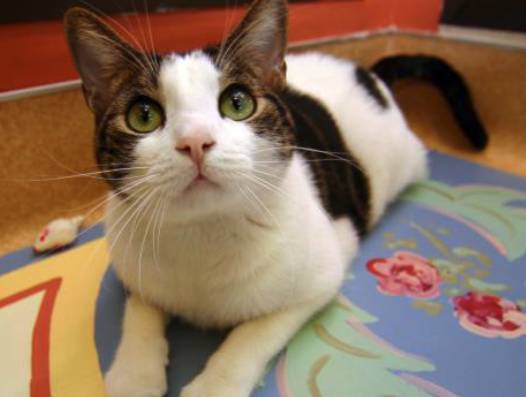Training Tips: Moving With Your Cat
Household pets thrive on routine, but cats are especially attached to their space, which can make moving a traumatic experience. For the well-being of your pet, here are some tips and precautions you can use throughout the moving process to minimize shock and keep your cat happy.

Preparing For Your Move
- Well before moving day, teach your cat to come when called. To teach a cat their name, simply call the name and immediately reward them with a tasty bit of food or treat. Keep doing this — across the room, across the house and then across the yard (if you have a safe, enclosed area). To reinforce the training, call the cat every time you feed them, so the animal will associate their name with food. Should your cat get out of the house during the move, you will be able to call them back to you.
- Most families move by car, and the drive is often the most traumatic part of the move for the cat. To help avoid anxiety, you should get your cat accustomed to car travel and the carrier they’ll ride in long before moving day. Introduce the cat to an open carrier in your home many weeks prior to a first car ride. Use praise and treats as incentive while the cat is inside the carrier, and reward them when they stay there. Gradually move to closing the door in short minute intervals, and then increase the time while still rewarding the cat. The goal is to make the cat feel that the carrier is a safe space. Once they are comfortable there, it’s a simple matter of getting the animal familiar with the sounds and motions of the car – even on a short drive around the block.
Moving Day and Beyond
- At the start of moving day, secure the cat with their food, toys and carrier in a room away from all of the chaos.
- When you’re ready to go, put the cat inside the carrier before leaving the house. A nervous cat can jump from their owner’s arms on the way to the car.
- As you’re settling into your new home, don’t be surprised if the cat shows behavioral changes — hiding, nervousness or decreased appetite — for a few days. To ease the cat’s adjustment, keep the cat in their carrier for the first few hours. Leave them in a quiet room that can be closed off from the rest of the house, but make sure to visit the room often and offer plenty of reassurance. When you open the carrier, have the familiar litter box, toys, food and a water bowl ready and waiting nearby.
- As your pet becomes comfortable in this room, open the door and introduce them to additional rooms (one at a time), so they can explore and learn to feel secure in different spaces. The original room, housing their toys, food, etc., will serve as a “home base” for them to return to should they ever feel frightened or uneasy.
Depending on the temperament of the cat, it can take from a week to two months for the cat to call this new place their own. Make sure to fill this time with lots of love, and your cat will eventually come to know there’s no place like home, wherever it may be.

